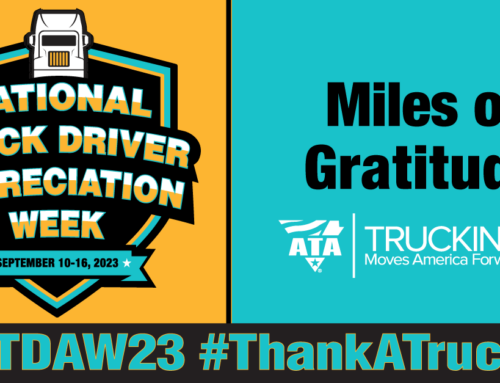Cost per hire is a crucial metric in recruiting new truck drivers. Knowing your cost per new hire will help you track recruitment performance and minimize costs in an industry known for high turnover and a lack of qualified drivers.
Many fleets wonder how to reduce cost per hire while still getting the most out of their recruiting methods. Below, we’ll cover some solutions.
What Is Your Cost Per Hire?
Before you focus on reducing cost per hire (CPH), you’ll want to know the actual numbers. In this article, we’ve outlined how to calculate CPH accurately.
Basically, cost per hire is the average of your total recruiting costs divided by your total number of hires. Knowing this number will help you track your progress towards decreasing CPH.
And now, here are some ways to bring down that cost.
Be Realistic and Proactive
Smart recruitment means looking ahead. It’s unrealistic to expect everyone to stick around long-term, especially in the trucking industry.
Instead, plan for ways to decrease recruiting costs with new hires. For example, succession planning — considering who might take over a position when another employee leaves — is a great way to reduce the costs that come with external recruiting.
Track What’s Working—and What’s Not
Blindly investing in recruiting methods won’t get you very far. You need to know what’s actually bringing in new, quality drivers. It’s easy to stick with the same old processes and not overthink the stats, but that’s a mistake.
Pay attention to which channels are getting you results and which ones are not. That way, you can dump the channels that aren’t working and invest in those bringing the right candidate types.
This is just another reason it’s crucial to monitor your cost of hire over time — you can keep track of the overall picture, then break down where the issues lie.
Build and Maintain a Pipeline of Talent
You can also reduce cost per hire by using methods that attract qualified candidates — even when they aren’t currently looking for your opportunity. Some examples include:
- Passively recruiting drivers who aren’t looking at jobs yet, but might be in the future
- Maintaining a list of previous quality candidates who just weren’t a good fit for a specific job at one time
- Providing a form on your website’s career page where passive job seekers can stay up to date or inquire about positions
- Stressing quality over quantity — even though lead volume is important for trucking jobs, you’ll spend less with a recruitment approach that includes targeting the most fitting candidates
Through these methods, you’ll spend less money on recruitment costs that add up quickly.
Give Your Onboarding Process Some Love
One reason truck drivers quit soon after taking a job is mismatched expectations. Maybe the job was different than we felt led to believe or they didn’t feel supported when learning on the job. You can encourage drivers to stay longer (thus reducing CPH) by providing more support and a more positive work culture from day one.
Re-evaluate Your Leads and Recruiting Quality
Job seekers who are best matched for your jobs are often the ones coming directly to your website to apply. You can target the highest-quality leads and bring them straight to you by building a direct lead funnel.
But, before doing that, make sure your career page fits your brand, gives the job seeker an idea of what your company is about, and is easy to use. You’ll rely less on job boards and other sites for your leads.
If your leads are decent, recruiting methods could also be the issue. Take some time to evaluate your methods for attracting and recruiting new drivers. Improving these processes will help you cut down your cost per hire while also getting in front of drivers who are more likely to stick around.





Leave A Comment